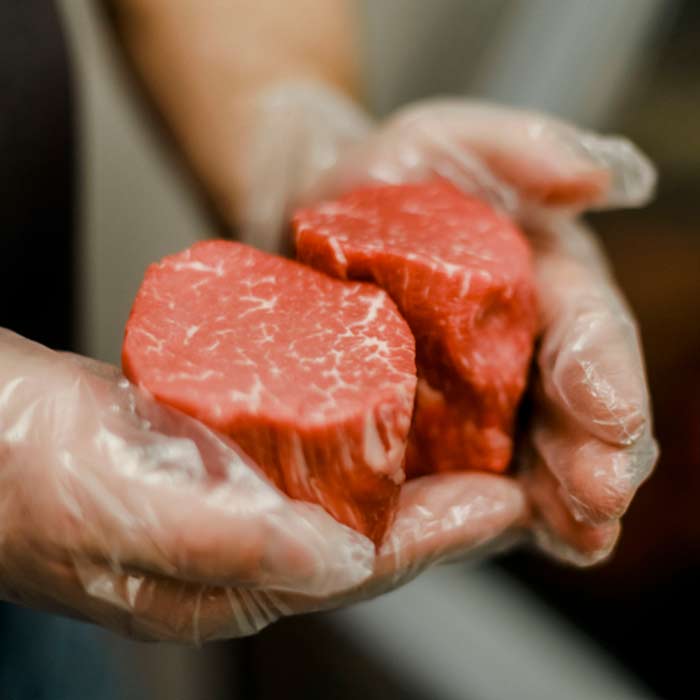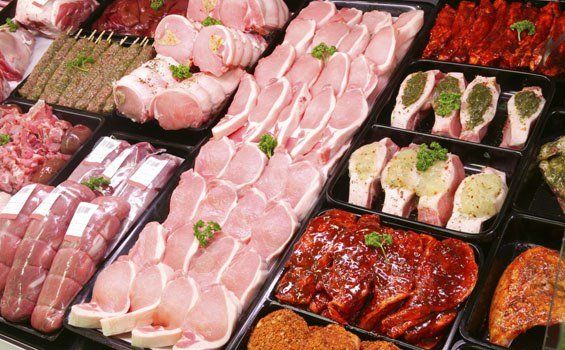Explore Fresh and High-grade Meats at Your Regional Meat Market
Checking out fresh and high-quality meats at your local meat market gives a possibility to improve your cooking experience while sustaining area agriculture. These markets frequently feature a varied choice of specialized meats and special cuts, carefully sourced from nearby farms. With educated personnel accessible, consumers can receive customized guidance to make enlightened options, guaranteeing both taste and sustainability. Comprehending the nuances of meat quality and the advantages of choosing regional products can considerably influence your recipes. What variables should one think about when choosing the suitable cut, and exactly how can this affect your general food preparation trip?
Benefits of Regional Meat Markets

An additional significant benefit is the degree of customer care supplied by regional meat markets. Well-informed staff often have comprehensive proficiency concerning the products they market, permitting for tailored recommendations tailored to private choices. This knowledge can be particularly valuable when choosing cuts or recognizing food preparation methods.
In addition, regional meat markets frequently offer a broader variety of specialty meats and cuts that may not be offered in bigger shops. This variety enables customers to discover unique choices and experiment with various dishes.
Additionally, purchasing at local meat markets fosters community engagement and sustainability. By supporting neighborhood companies, customers add to the local economic situation and promote lasting farming techniques. On the whole, the benefits of neighborhood meat markets produce an even more satisfying buying experience, using quality, service, and neighborhood effect that larger grocery chains frequently can not reproduce.
Kinds Of Meats Available
Meat markets are recognized for their diverse option, dealing with a selection of cooking choices and nutritional demands. Clients can locate an outstanding array of meats, ranging from conventional options to specialty items. Typical offerings consist of beef, pork, and poultry, each presenting distinct flavors and structures appropriate for many dishes.
Beef is often offered in various kinds, consisting of ground beef, steaks, and roasts, attracting those that take pleasure in hearty dishes. Pork alternatives generally incorporate cuts such as chops, tenderloins, and ribs, every one of which can be prepared in many styles, from barbecuing to slow-cooking. Poultry, mainly chicken and turkey, provides lean healthy protein options that can be conveniently integrated into a well balanced diet.
Along with these staples, many meat markets feature specialized meats such as lamb, duck, and game meats like venison or bison, attracting daring site here eaters and those looking for read options to extra typical selections. Furthermore, some markets might use processed meats like sausages, bacon, and deli meats, supplying hassle-free options for fast dishes. This substantial variety guarantees that every consumer can discover something to fit their preference and dietary requirements.
Understanding Cuts and Top Quality
Picking the right cut of meat is critical for accomplishing the desired taste and tenderness in any dish. The high quality of meat is established by several aspects, including the animal's breed, age, diet, and the certain cut itself.

When evaluating high quality, try to find marbling, which refers to the intramuscular fat within the meat. Greater degrees of marbling commonly show a richer flavor and a more tender structure. Furthermore, the shade of the meat can function as an indication of quality. For beef, a bright red color recommends freshness, while pork should appear light pink and chicken should have a light pink color.
Understanding these distinctions permits consumers to make enlightened options when purchasing meat. By choosing the suitable cut and identifying high quality indicators, home cooks can improve their cooking ventures and make certain a rewarding eating experience.
Tips for Shopping Smart
Purchasing for fresh and high-quality meats needs a thoughtful strategy to guarantee you get the ideal value and flavor for your dishes. Start by familiarizing yourself with various cuts and their particular rates. This knowledge will certainly enable you to make educated decisions and avoid paying too much for much more expensive cuts when much less pricey alternatives may be adequate.
In addition, think about shopping throughout off-peak hours. This commonly leads to a more individualized experience with the butcher, that can provide beneficial understandings right into item freshness and preparation strategies. Always evaluate the meats very closely; seek dynamic shade, company texture, and minimal liquid in the packaging, which can show quality.
Do not hesitate to ask questions concerning sourcing and managing techniques. Web Site Comprehending where your meat comes from and just how it has actually been processed can substantially affect quality. Last but not least, think about acquiring in bulk. Buying larger amounts can save money in the future, specifically if you're able to freeze portions for later usage.
Supporting Local Farmers and Services
Sustaining neighborhood farmers and services promotes a sense of community while ensuring access to top quality meats. By buying from regional meat markets, consumers can straight support agricultural techniques that focus on sustainability and honest treatment of pets. Neighborhood farmers often implement liable farming techniques, which not just enhance the top quality of their products but also contribute positively to the setting.
Getting locally reduces the carbon footprint connected with transport, as meats do not need to be shipped fars away. Additionally, neighborhood meat markets regularly offer openness pertaining to sourcing and manufacturing techniques, permitting consumers to make educated choices regarding the food they eat (bagley meat market edwardsville il). This link between consumer and producer grows trust fund and encourages the development of regional economies

By choosing regional meats, consumers can delight in one-of-a-kind flavors and ranges that may not be readily available through bigger, industrial suppliers. In essence, buying from local meat markets reinforces area bonds, sustains moral farming techniques, and supplies access to fresher, much healthier meats.
Conclusion
To conclude, neighborhood meat markets provide an unique benefit through their focus on high quality, taste, and sustainability. By supplying access to a diverse range of specialized meats and special cuts, these markets not just boost cooking experiences however also promote the support of local farmers and services. The knowledge and proficiency of staff more enrich the shopping experience, guaranteeing consumers make notified options that add to both personal satisfaction and neighborhood health.